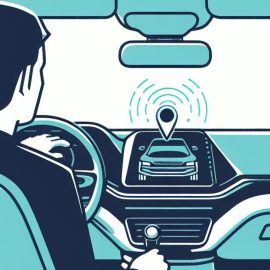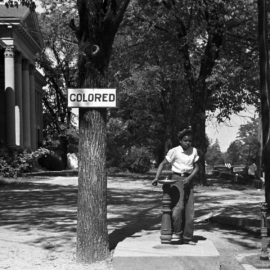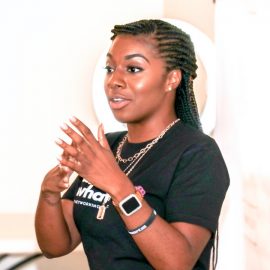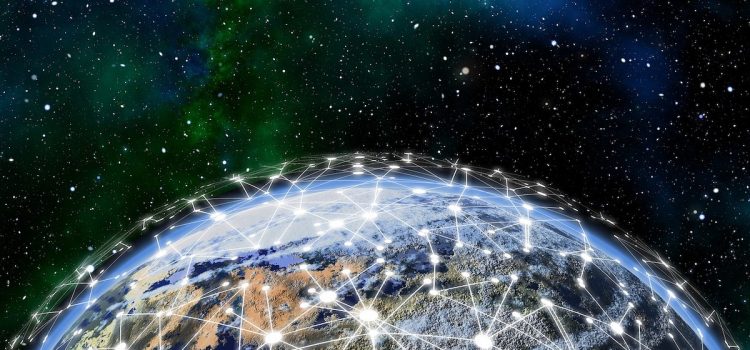
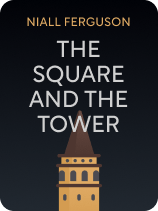
This article is an excerpt from the Shortform book guide to "The Square and the Tower" by Niall Ferguson. Shortform has the world's best summaries and analyses of books you should be reading.
Like this article? Sign up for a free trial here.
What is network theory? How does it explain the way humans interact and organize themselves?
In The Square and the Tower, best-selling author and Stanford University historian Niall Ferguson applies network theory to the study of world history. He describes social, commercial, and other networks that existed at various times in history. First, he explains what network theory is and how networks operate.
Read more to understand what network theory is and to learn about different types of networks.
What Is Network Theory?
What is network theory? Ferguson explains that it’s the study of how people or other entities connect and interact with each other to form networks. It examines how different kinds of networks operate and how they affect the world around them.
As Ferguson explains, networks can take many forms because different types of entities can connect in many different ways. You can have a network of computers connected via digital communication protocols. You can have a network of businesses connected by supply chains and cash flows. And, you can have a network of people connected by shared interests, family ties, or other bonds of loyalty.
Ferguson observes that humans seem to have an innate proclivity for connecting with each other and forming networks. This has led to the creation of governments, social clubs, and all the other interpersonal networks that collectively make up human society.
| Networking in Real Life Although networks can take non-human forms, such as supply chains or computer systems, all such networks are ultimately controlled by people. Business entities can form networks of supply and distribution, but the businesses are still run by people. Computers can exchange information on a digital network but only in ways that humans tell them to. This is why, as Keith Ferrazzi explains in Never Eat Alone, if you want to make networks work for you, you need to know how to connect with people. The problem is that, while humans may have an instinct to form networks of social bonds, as Ferguson observes, we’re not all equally good at it. To improve your networking skills, Ferrazzi says there are four key beliefs you need to adopt. First, connections are for mutual benefit. Second, goodwill is infinite—in fact, the more you ask someone for help or expertise, the more you’ll strengthen your relationship with them, not wear it out. Third, people like to help people that they already know—so don’t wait until you need their help to establish a connection. And fourth, it’s OK to connect with strangers—in fact, it’s imperative that you intentionally network with people outside your circle of existing contacts. |
Classifying Networks
Ferguson discusses how networks can be categorized based on their structure. In most networks, some entities are more important or powerful than others. If you know the structure of a network, that is, which entities are connected to each other, you can infer the importance of any given entity in the network based on its “centrality.”
Centrality has three components:
- Degree: The number of other entities that a given entity is directly connected to. For example, if Airport A is directly connected to 15 other airports, it has a higher degree of centrality than Airport B, which is directly connected to only four other airports.
- Closeness: The average number of steps you must take to get from the entity in question to each of the other entities on the network. If a traveler from Airport A can reach all other airports in an average of three connecting trips, but a traveler from Airport B must make five connections on average to reach the other airports, Airport A has more closeness.
- Betweenness: The amount of information that passes through a particular entity as it flows through the network. If more travelers connect to other destinations through Airport C than through Airport D (because, say, it serves as an international port of entry), then Airport C has more betweenness.
| How to Determine Importance Ferguson doesn’t give a formula for calculating the overall “centrality” or importance of an entity based on its degree, closeness, and betweenness. However, we can infer that you just compare the three measures separately and then use the one that varies the most in the network as your overall measure, because it produces the clearest ranking of importance. Which measure varies the most depends on the structure of the network. In his historical analysis, Ferguson most often seems to use betweenness as his primary measure of importance. This makes sense because, especially before the advent of electronic communications, most people could only maintain a certain number of connections, so degree and closeness didn’t vary much from one person to the next. But, betweenness measured how many people indirectly reported to them or communicated through them, which provided a good measure of their importance. In certain cases, such as social media networks, though, Ferguson uses degree instead of betweenness as the primary measure of importance. In the case of a Twitter or YouTube account, a person’s degree of centrality would be her subscriber count, which is an intuitive measure of importance and varies over a much wider range than the number of in-person connections that people maintain. |
Hierarchies as Networks
According to Ferguson, a hierarchy is a specific kind of network in which one entity exercises authority over others, who in turn exercise authority over others, and so on, without any other connections of authority or loyalty. This means that the first entity automatically has the most betweenness, because all information flows up from every lower entity, passes through the person at the top, and only then is distributed elsewhere. The importance of individual entities diminishes as you go down the tiers of the hierarchy because each entity is connected only to its own subordinates and its lone superior.
(Shortform note: In principle, a hierarchy doesn’t have to be about interpersonal power. Ferguson focuses mostly on government hierarchies and similar power structures, where most of the connections between individuals involve bonds of loyalty or authority. But, computer scientists have found that hierarchical networks are a very efficient way to connect computers and peripheral devices. A hierarchical network of computers illustrates how the same network structure can distribute data rather than authority.)

———End of Preview———
Like what you just read? Read the rest of the world's best book summary and analysis of Niall Ferguson's "The Square and the Tower" at Shortform.
Here's what you'll find in our full The Square and the Tower summary:
- Why conspiracy theories are often wrong
- Why social media networks stir up more conflict than harmony
- How social networks undermine hierarchies and social order


